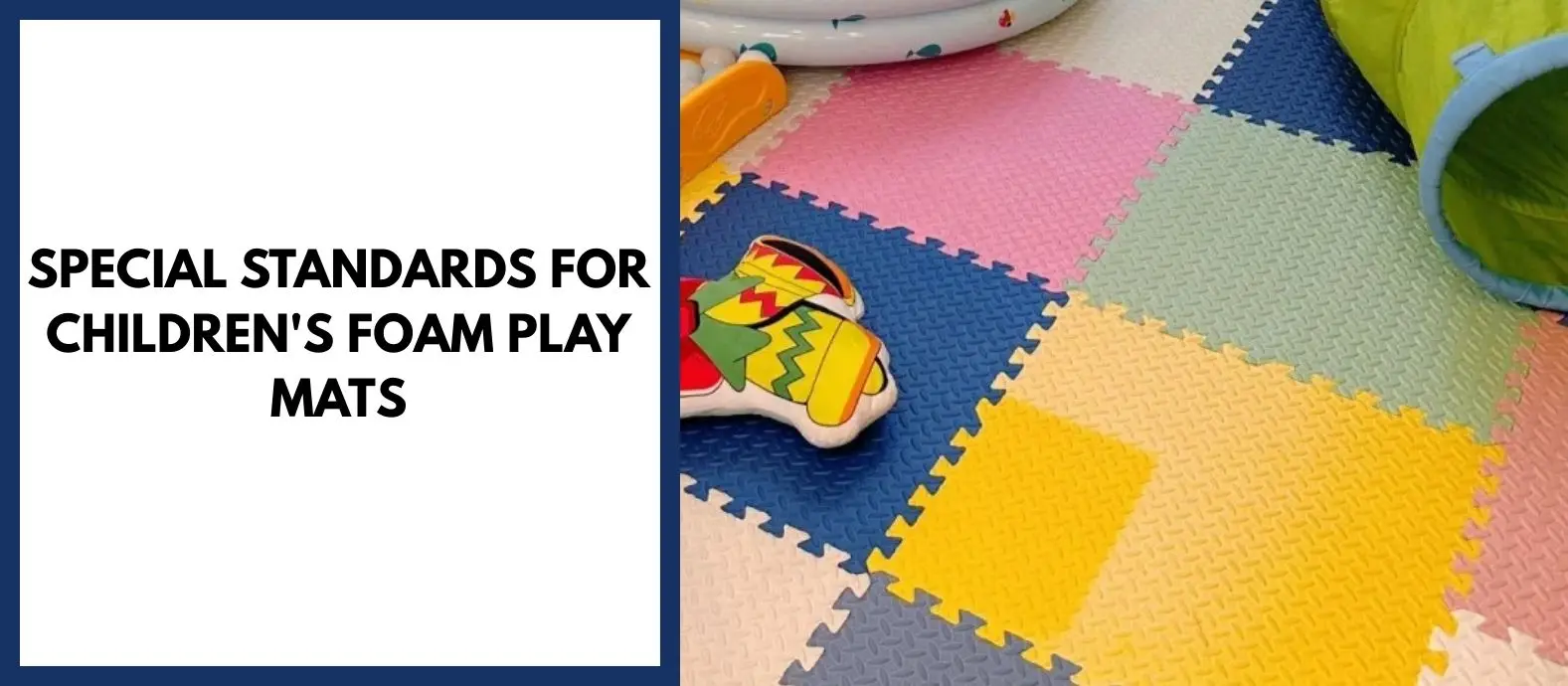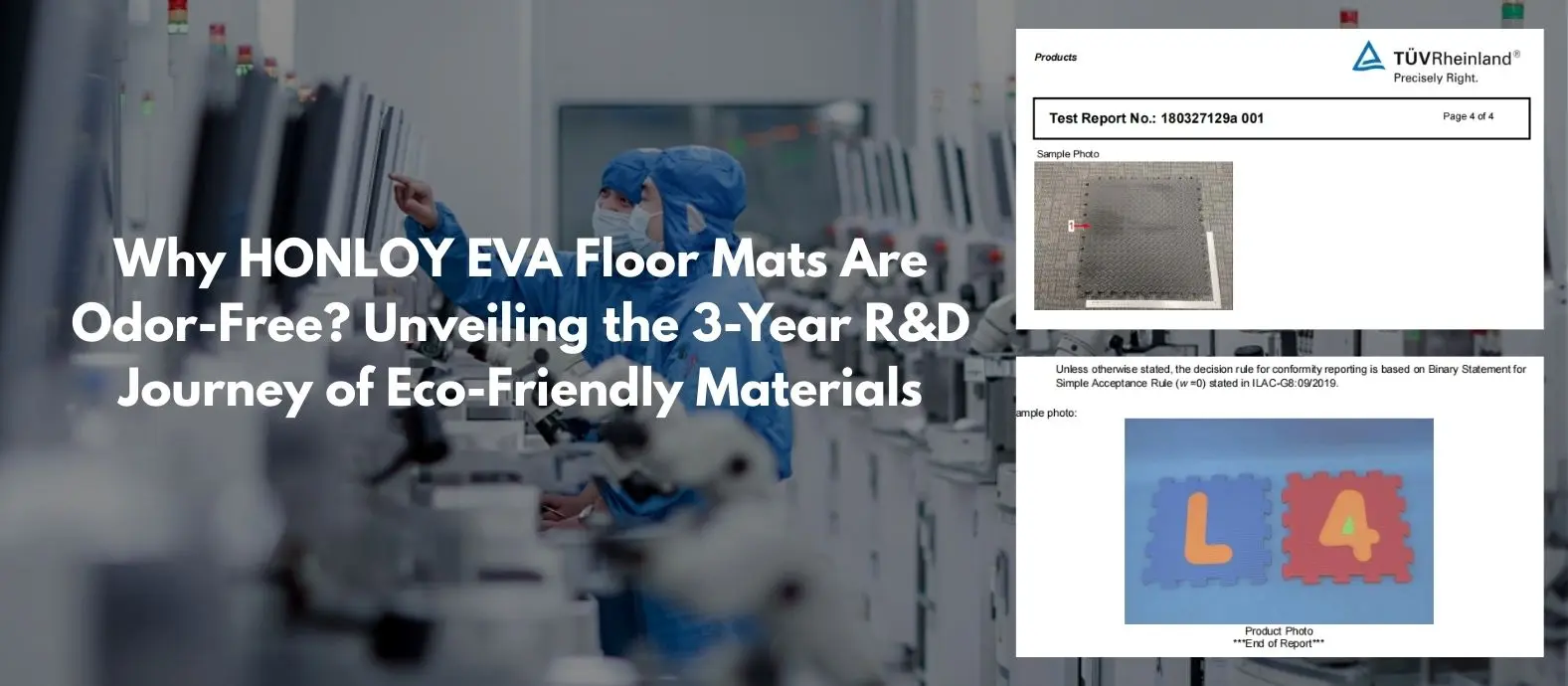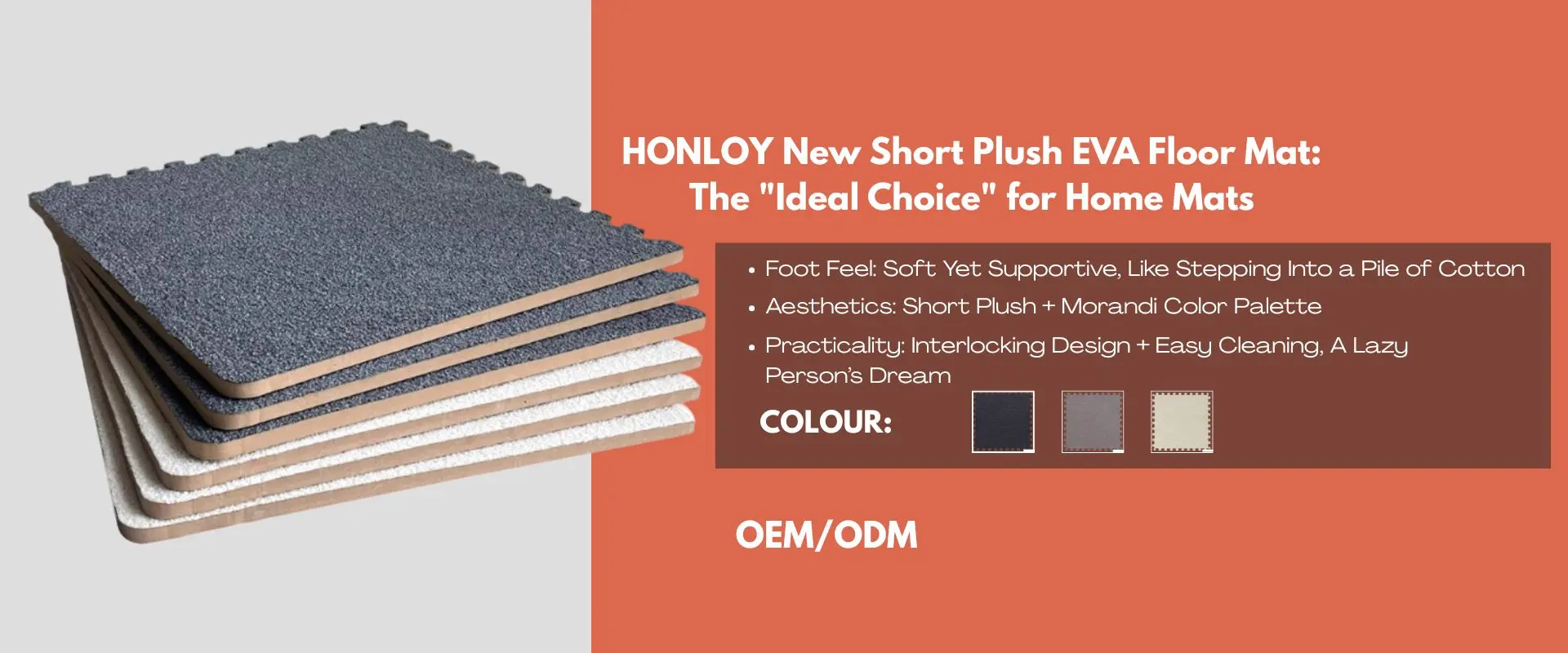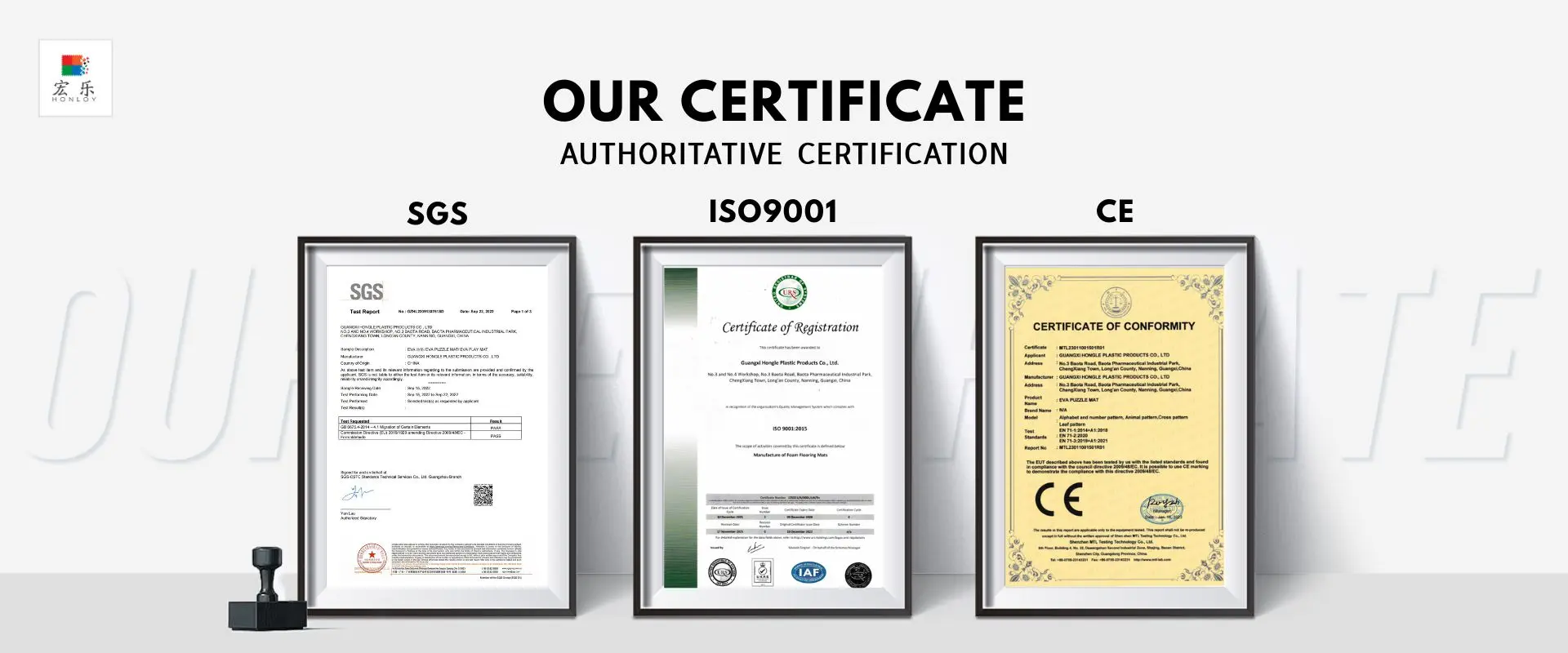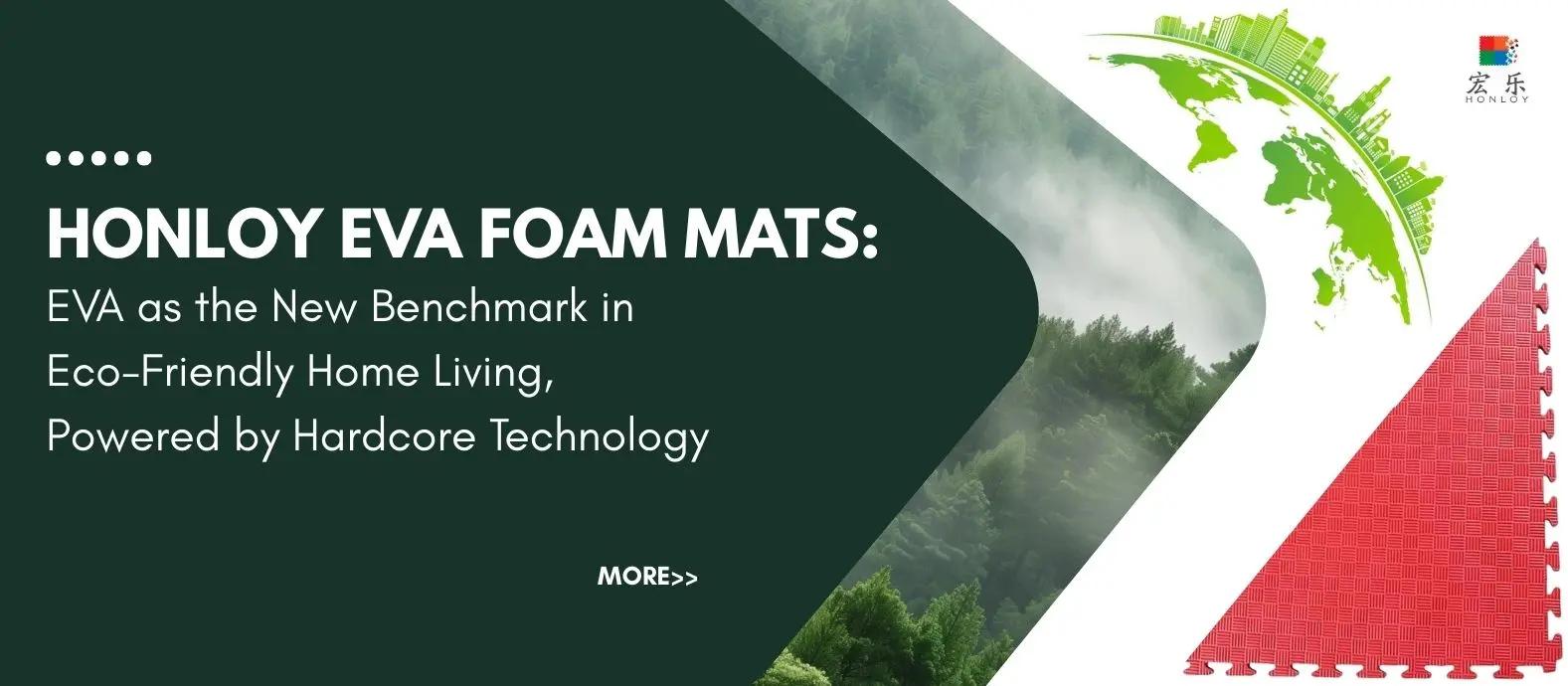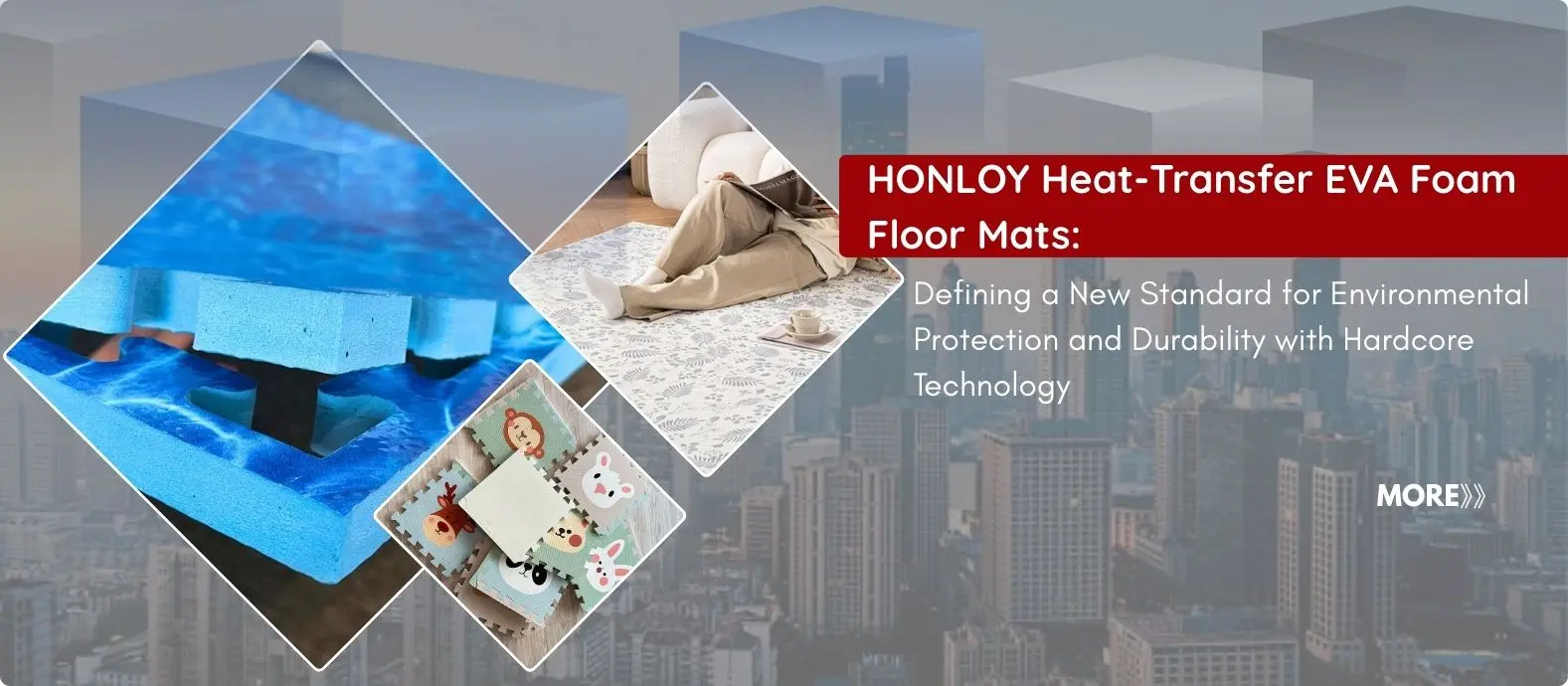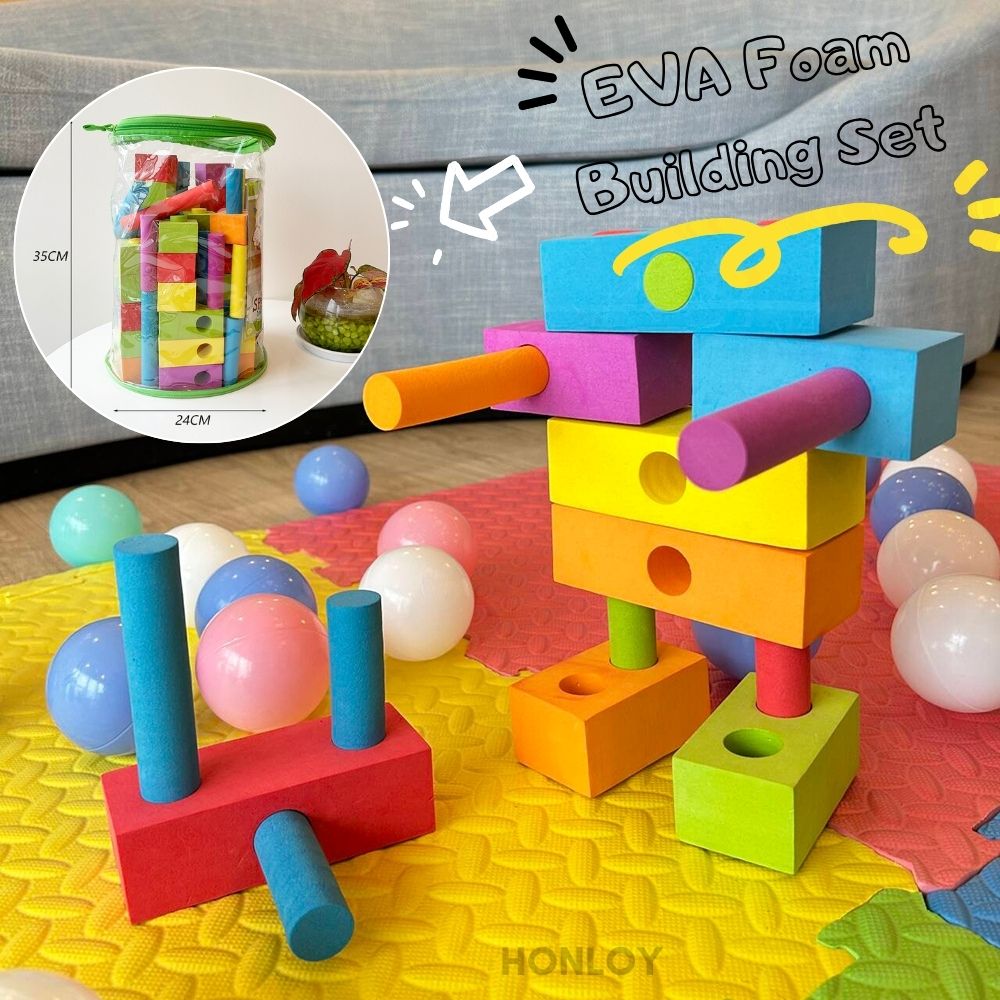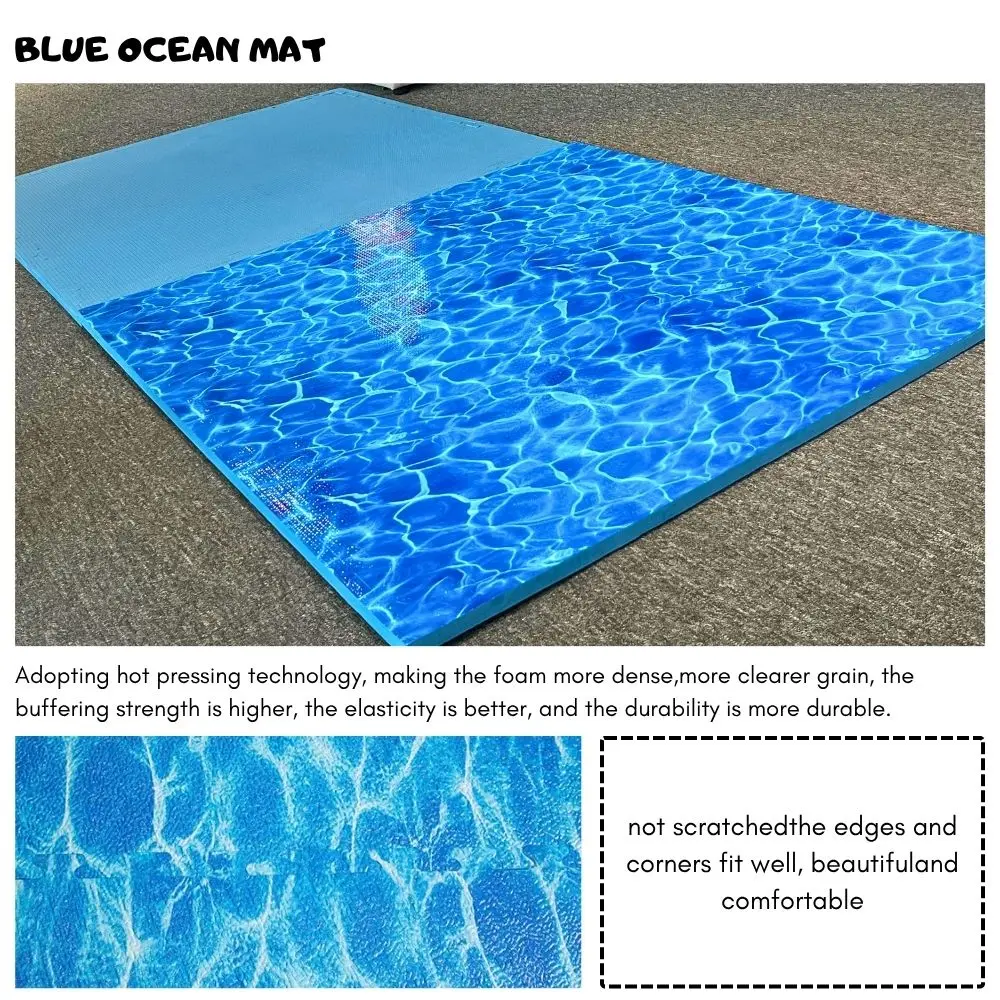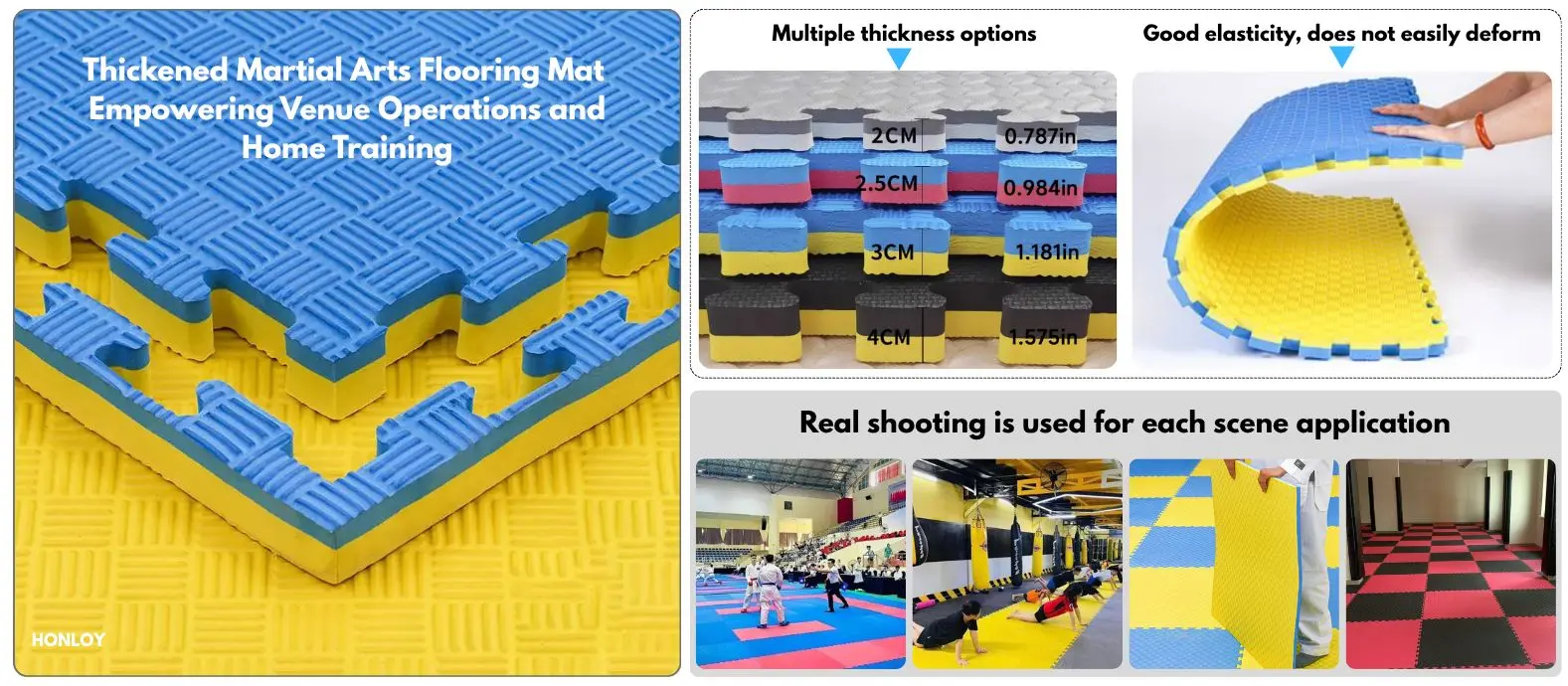You Asked, We Answered: Top 5 Questions About Our EVA Mats
EVA (ethylene-vinyl acetate) foam mats have become a staple in fitness, home decor, and industrial applications due to their versatility and user-friendly properties. Below, we address the top five questions customers frequently ask about these products, leveraging technical insights and real-world applications from authoritative sources.
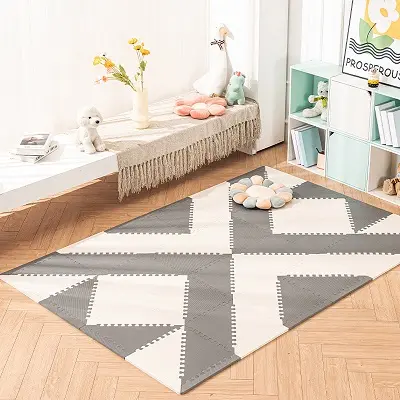
1. What Makes Eva Mats Environmentally Friendly?
EVA mats are praised for their eco-conscious design. Unlike PVC, which releases harmful chemicals during production, EVA is a low-toxicity material that can be recycled and reused. For instance, biodegradable plastic packaging aligns with EVA’s sustainability profile. Additionally, EVA’s compatibility with additives like flame retardants and its role in reducing carbon emissions through polymer-modified asphalt highlight its green credentials.
2. How Durable Are EVA Mats in High-Traffic Areas?
EVA’s durability stems from its closed-cell structure, which resists water, oils, and wear. Industrial-grade EVA mats, such as those used in airport runways, demonstrate exceptional resilience under heavy loads. For fitness applications, interlocking EVA Foam Tiles maintain shape and cushioning even with daily workouts, thanks to their shock-absorbing properties and stress-crack resistance.
3. Are EVA Mats Suitable for Both Indoor and Outdoor Use?
Yes! EVA’s adaptability shines across environments:
- Indoor: Gym mats and yoga pads leverage EVA’s anti-slip texture and thermal insulation.
- Outdoor: Waterproof EVA foam mats for temporary exhibition flooring, camping picnic pads, and garage use.Closed-cell structure ensures moisture resistance and durability in all weather conditions.
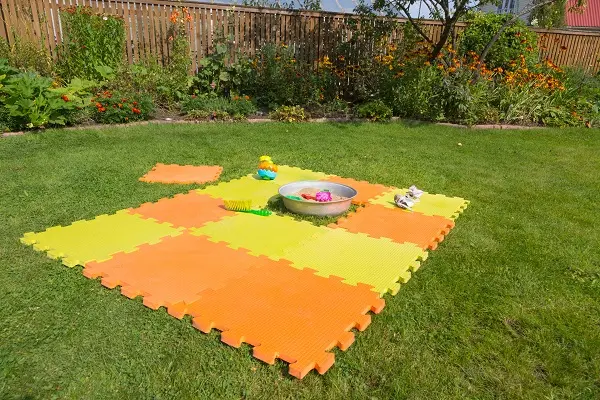
4. How Do I Clean and Maintain EVA Mats?
Maintenance is straightforward:
- Daily Care: Wipe with mild soap and water to remove sweat or dirt. Avoid abrasive cleaners to preserve the surface.
- Deep Cleaning: For Gym Mats, use a diluted vinegar solution to disinfect without damaging the foam.
- Storage: Stack mats in dry areas to prevent moisture retention.
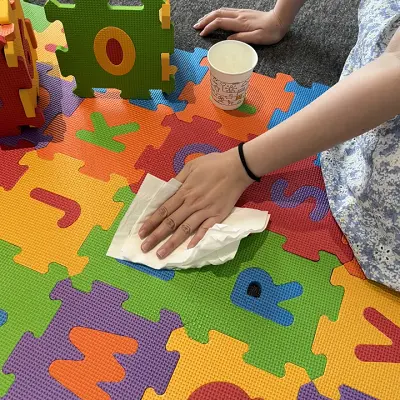
5. What Differentiates EVA from Other Foam Materials?
Compared to PVC or rubber, EVA offers:
- Flexibility: High VA content (e.g., 15–24% in footwear) ensures softness without sacrificing structural integrity.
- Safety: Non-toxic and halogen-free formulations make EVA ideal for children’s play mats and pet accessories.
- Customization: EVA can be dyed, printed (e.g., wood-grain patterns), or bonded with adhesives for tailored designs.
Why Choose EVA?
From eco-conscious manufacturing to unmatched durability, EVA mats answer diverse needs. Whether for gym flooring, home decor, or industrial use, their blend of functionality and safety makes them a top choice. For more details,please contact us.




